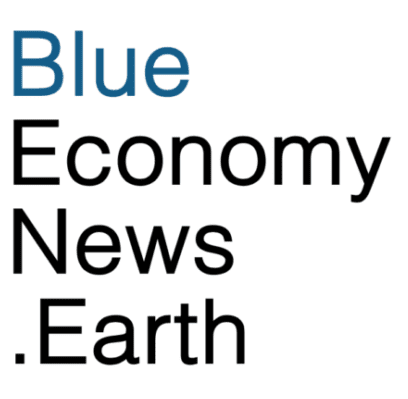A report by the United Nations Conference on Trade and Development (UNCTAD) shows the ocean economy has more than doubled since 1995, growing 2.5 times and outpacing the global average. But climate change, pollution, overfishing, regulatory gaps, and underinvestment threaten the sector’s future.
In 2023, trade in ocean goods and services hit record highs of $899 billion and $1.3 trillion, respectively. Fisheries alone now sustain 600 million people, living mostly in developing countries. From 2021 to 2023, trade among Global South nations showed fish exports rose 43% to $19 billion, while processed fish exports jumped 89% to $23 billion.
The marine biotechnology market, estimated at $4.2 billion in 2023, is set to reach $6.4 billion by 2025, driven by low-carbon marine foods, new antibiotics, and bio-based materials.
And sectors like shipping and ocean energy offer vast potential for economic growth in developing infrastructure, fuels, powering the transition.
Solving some of the world’s biggest problems–like plastics in our ecosystems and our bodies–could be greatly mitigated by ocean products like marine-based non-plastic substitutes, such as seaweed and silicates.
Yet, the report said, most national climate plans leave the ocean economy out. Without urgent action, climate change will undermine both the ocean economy and global trade.
In 2022, global ocean-related financing totaled less than $3 billion or roughly 14% of what was invested in harmful subsidies for the global fishing industry. Achieving Sustainable Development Goal 14 (life below water) requires $175 billion annually, yet only $30 billion has been disbursed since 2010, making it the most underfunded goal.
Climate change uniquely threatens the ocean, which absorbs 90% of the heat produced by human activity. 2024 was the hottest year on record, with global temperatures 1.55°C above pre-industrial levels (exceeding the critical 1.5°C threshold). Warmer ocean waters disrupt marine ecosystems, harm fish populations, shrink harvests and threaten food security–especially for coastal communities. Rising seas and drought threaten ports and shipping routes, while extreme weather delays shipments and inflates insurance costs.
The sector needs significant help in the form of investment and trade policies that make it possible to transition to a Blue Economy.
For example, shipping, responsible for 2.9% of global emissions, faces an annual decarbonization cost of $8 billion to $28 billion, plus up to $90 billion for infrastructure upgrades. The International Maritime Organization’s 2023 greenhouse gas (GHG) strategy sets ambitious targets, but progress is slow. Low-carbon fuels remain costly, ports lack infrastructure, a lack of coordination on alternative fuels hinders investments, and developing economies struggle to finance the transition.
Often, growth is held back by high tariffs, outdated regulations and trade barriers. For example, the report said, developing economies apply average tariffs of 14% on fish products among themselves–four times the 3.2% in high-income countries. A Global System of Trade Preferences (GSTP)–a $16 trillion market between 42 developing countries–could help boost trade by lowering tariffs among developing countries and enhancing cooperation.
Efforts to reduce the amount of plastic entering the ocean have been stymied by outdated regulations and trade barriers. The report said exports of marine-based non-plastic substitutes, such as seaweed and silicates, amounted to just $10.8 billion in 2022–1% of global plastic exports.
Dramatic changes are needed in the way we interact with the ocean. Among the report’s recommendation:
- Integrate ocean-based sectors into national climate and biodiversity plans to accelerate adaptation and improve resilience.
- Finalize the legally binding treaty on plastic pollution to cut waste and enable marine-based material use.
- Reduce trade barriers to boost South-South fisheries and aquaculture trade.
- Expand data collection on ocean-related emissions, trade and investment.
- End harmful subsidies and scale up financing, leveraging public and private funds.

